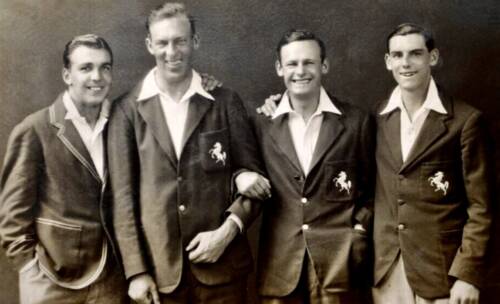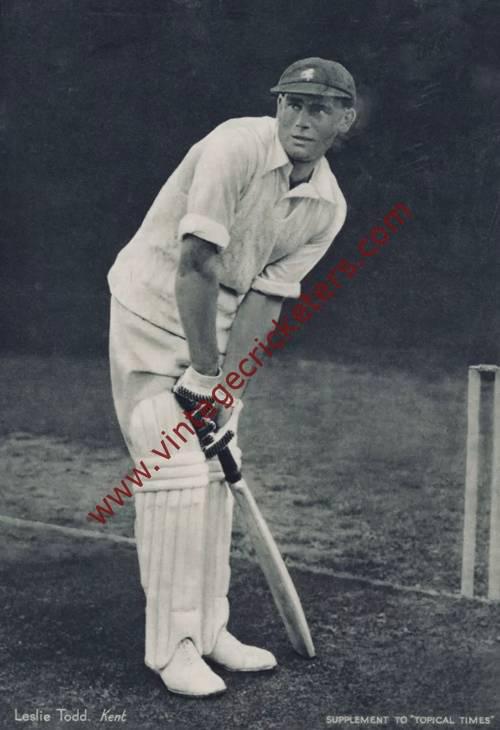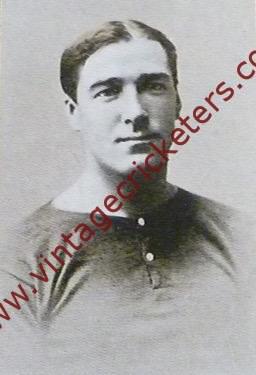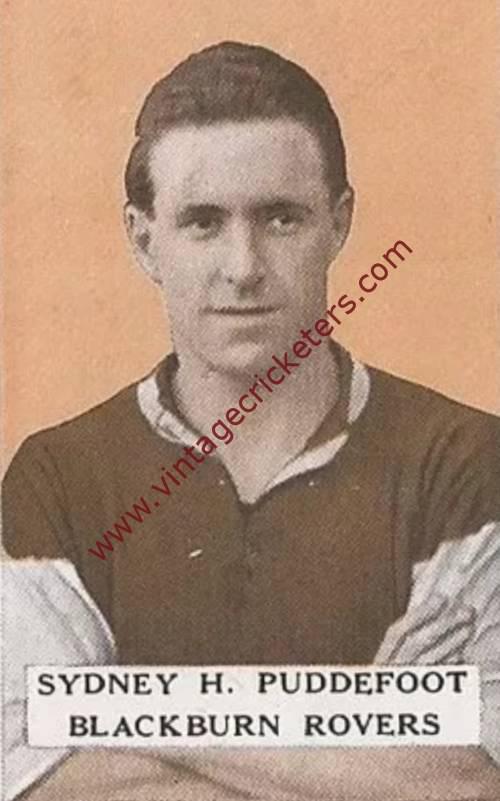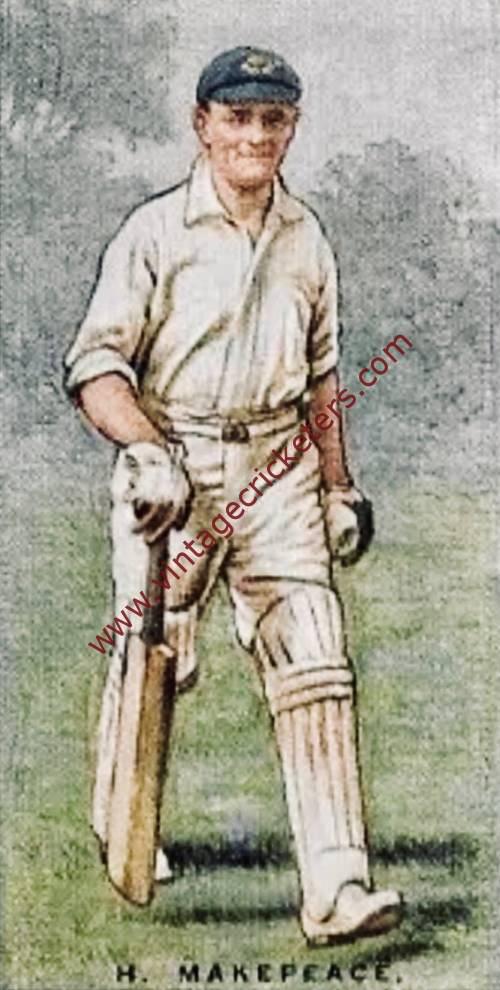Please choose your photo size from the drop down menu below.
If you wish your photo to be framed please select Yes.
Note: 16″x 20″not available in a frame.
Images can also be added to accessories. To order please follow these links
£8.95 – £49.95
Please choose your photo size from the drop down menu below.
If you wish your photo to be framed please select Yes.
Note: 16″x 20″not available in a frame.
Images can also be added to accessories. To order please follow these links
Catford, London born all-rounder Leslie Todd was a left-handed batsman and left arm medium pace or slow left arm orthodox bowler who made his second eleven debut for Kent in the Minor Counties Championship in 1923, taking three wickets in Bedfordshire’s first innings. He continued to make appearances for Kent’s second eleven in the Minor Counties Championship through to 1927, when he was promoted to the first team making his debut against Derbyshire. Batting at eight, he scored nought and four, but had shown enough promise to play four more County Championship matches that season. He scored his maiden half century against Somerset in 1928, and almost completed a thousand runs in the 1929 season despite batting in the lower middle order.
Initially, Todd was asked to bowl left-arm orthodox spin by Kent, making him a near replica of Frank Woolley. However, he only achieved moderate success with spin bowling, and it was when he switched to his natural medium pace bowling that he began to become a solid all-rounder. Unfortunately for Todd, whenever Kent’s pool of talented amateur players became available he would often be one of the first names to make way, and this would remain the case until 1933.
The 1933 season proved to be Todd’s breakthrough year. Established in the Kent middle order, he scored 1,743 runs at a batting average of 34.86, completing centuries against Northamptonshire, Gloucestershire and Surrey. He followed his breakthrough season with 1,897 runs the following year; the only season in which he averaged more than fifty with the bat, while he also served noticed of his bowling talents with a return of 4-10 against Lancashire.
Todd became a more regular bowler starting with the 1935 season, often sharing the new ball with either Alan Watt or Norman Harding. Having reverted to his more natural medium pace bowling style, which offered pronounced in-swing, Todd took over 80 wickets in each of the next five seasons. 1936 saw Todd perform the double; scoring 1,320 runs and taking 103 wickets, while his 1,323 runs and 91 wickets in 1937 saw him invited to play in the end-of-season Test trial match. Todd was regarded by many as being “a nightmare to handle”, with his teammates often regarding him with “a mixture of affection and exasperation”.
During the War years, Todd served in the Royal Air Force, rising to the rank of corporal by 1941 and sergeant by the end of the war. Based in the United Kingdom throughout the War, he played in many charity matches, notably for the Royal Air Force, London Counties and the British Empire XI. He also made four appearances for England representative sides at Lord’s, and played as Rawtenstall’s professional in the Lancashire League; finishing second in the league batting averages in 1945. His performances during the War, for the Royal Air Force amongst others, led to speculation that he might earn a call-up to the England team immediately following the War.
The first season after the War saw Todd make a return to the top of the order with success, finishing at the top of Kent’s batting averages in that first season. The following season was designated as Todd’s benefit season, with twelve collections taken at Kent’s home matches raising £1,347. The season itself proved even more successful for Todd, with 2,312 runs coming from his bat and forming an effective opening partnership with Arthur Fagg. His run-scoring began to decline over the following two seasons, and he retired midway through the 1950 season due to eye problems (he had been struck by a delivery from Harold Larwood in 1930).
Following the end of his playing career, Todd became a first-class umpire, officiating in 23 matches in the 1951 season and becoming highly rated. He stood down from the umpires list at the end of the 1951 season, however he came back to umpire five matches in 1964 and a further two in 1966.
The writer Evelyn Wellingsonce described Todd as being “the most perverse, most infuriating cricketer of his generation”, while R. C. Robertson-Glasgow admitted his temperament was “a little susceptible”. Described as “cast by nature for the leading part”, Todd was unlucky to play in the same team as the Kent greats Les Ames, Frank Woolley and Tich Freeman, and as such often felt that “his own act didn’t matter very much”. As such, he would often be incapable of a shot when quick runs were required, while when playing for a draw he would often play extravagant shots and get himself out. Wellings once told of a wartime match, in which he, Todd and Percy Chapman were fielding in the slips. When Todd chased a ball to the boundary, Chapman would follow him halfway, later admitting “I know he can easily throw the distance, but he won’t if nobody backs him up”.
In 437 first class matches, Todd scored 20,087 runs at an average of 31.68 with a highest score of 174 among 38 centuries and 100 half centuries. His bowling claimed 572 wickets at 27.76 apiece, with a best performance of 6-26 and 20 five wicket innings, with a single 10 wicket match. He also took 236 catches in first class play.
NB in the photograph Todd stands on the left with Kent team mates Claude Lewis (centre) and Arthur Fagg (right).
Vintage Cricketers was founded in July 2019. There are more photographs of this cricketer in the Vintage Cricketers library, which are due to be loaded in due course. In the meantime, please send a message to us using the contact form at the bottom left of this page and we can arrange to prepare and publish all images of this cricketer if you have a particular interest in him.
| Weight | N/A |
|---|
